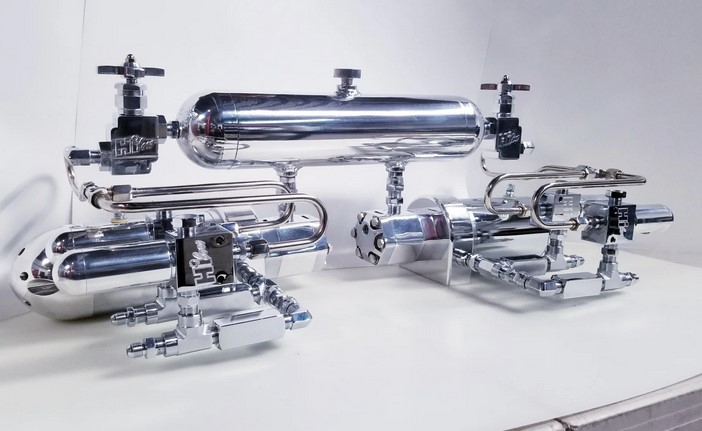Exploring the Basics of Vehicle Front-End Layout: A Guide to Understanding the Components and Their Functions
The front-end of a vehicle is a complex system of components that work together to provide the driver with a safe and comfortable ride. Understanding the basics of vehicle front-end layout is essential for anyone who wants to maintain their vehicle and ensure its optimal performance. This guide will provide an overview of the components and their functions, as well as tips for proper maintenance.
The front-end of a vehicle consists of several components, including the suspension, steering, brakes, and wheels. The suspension is responsible for providing a smooth ride by absorbing the bumps and vibrations from the road. It consists of several components, including the shock absorbers, springs, and control arms. The shock absorbers dampen the vibrations from the road, while the springs provide the necessary support and cushioning. The control arms are connected to the frame and allow the wheels to move up and down.
The steering system is responsible for controlling the direction of the vehicle. It consists of the steering wheel, steering column, and steering rack. The steering wheel is connected to the steering column, which is connected to the steering rack. The steering rack is connected to the wheels and allows the driver to turn the vehicle in the desired direction.
The brakes are responsible for slowing down and stopping the vehicle. They consist of the brake pads, calipers, and rotors. The brake pads press against the rotors to slow down the vehicle, while the calipers squeeze the brake pads to stop the vehicle.
Finally, the wheels are responsible for providing traction and stability. They are connected to the suspension and steering system and allow the vehicle to move forward and turn.
Proper maintenance of the front-end components is essential for ensuring optimal performance. It is important to regularly check the suspension, steering, brakes, and wheels for any signs of wear or damage. Additionally, it is important to check the tire pressure and tread depth to ensure that the tires are in good condition.
By understanding the basics of vehicle front-end layout, you can ensure that your vehicle is running safely and efficiently. With proper maintenance and care, you can ensure that your vehicle will provide you with a safe and comfortable ride for years to come.
Suspension Geometry: How to Optimize Your Vehicle’s Front-End Layout for Maximum Performance and Comfort
Suspension geometry is an important factor in optimizing a vehicle’s front-end layout for maximum performance and comfort. It is the arrangement of the suspension components, such as the control arms, springs, and shocks, that determines how the vehicle will handle and respond to the road. Properly setting up the suspension geometry can improve the vehicle’s handling, stability, and ride quality.
When setting up the suspension geometry, the first step is to determine the desired ride height. This is the distance between the ground and the vehicle’s body. The ride height should be set to the manufacturer’s specifications, as this will ensure that the suspension components are in the correct position.
Next, the caster angle should be adjusted. The caster angle is the angle between the steering axis and the vertical plane. It affects the vehicle’s steering response and stability. A higher caster angle will provide more stability, while a lower caster angle will provide more responsive steering.
The camber angle should also be adjusted. The camber angle is the angle between the wheel and the vertical plane. It affects the vehicle’s cornering ability and tire wear. A negative camber angle will provide more grip in corners, while a positive camber angle will provide more tire wear.
The toe angle should also be adjusted. The toe angle is the angle between the wheels when viewed from the front or rear of the vehicle. It affects the vehicle’s straight-line stability and tire wear. A toe-in angle will provide more stability, while a toe-out angle will provide more tire wear.
Finally, the suspension components should be adjusted to ensure that they are in the correct position. This includes the control arms, springs, and shocks. The control arms should be adjusted to ensure that they are parallel to the ground. The springs should be adjusted to ensure that they are in the correct position and that they are providing the correct amount of support. The shocks should be adjusted to ensure that they are providing the correct amount of dampening.
By properly setting up the suspension geometry, a vehicle’s front-end layout can be optimized for maximum performance and comfort. This will ensure that the vehicle handles and responds to the road in the best possible way.

